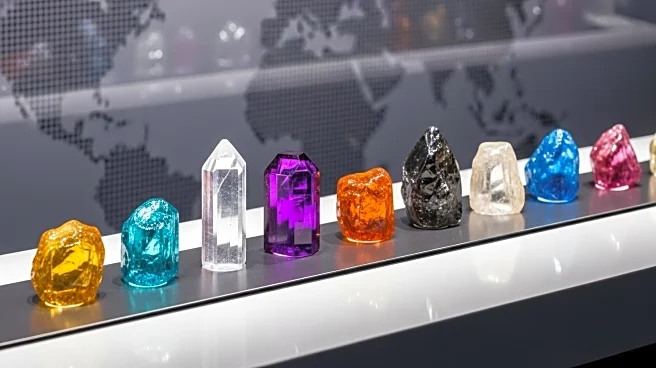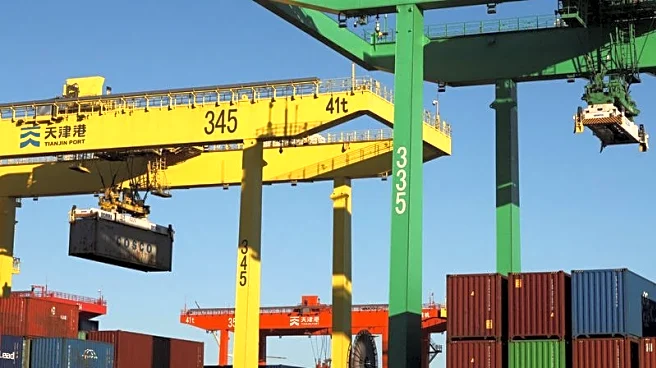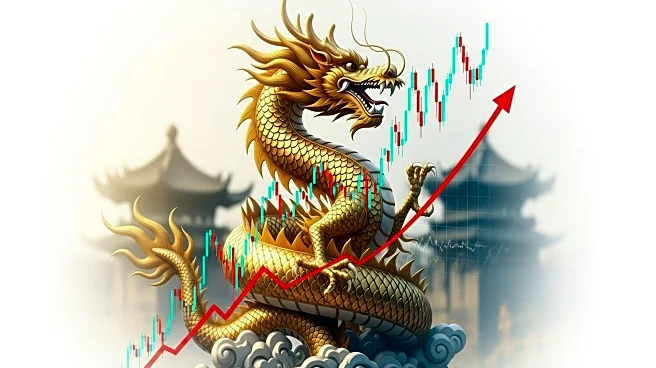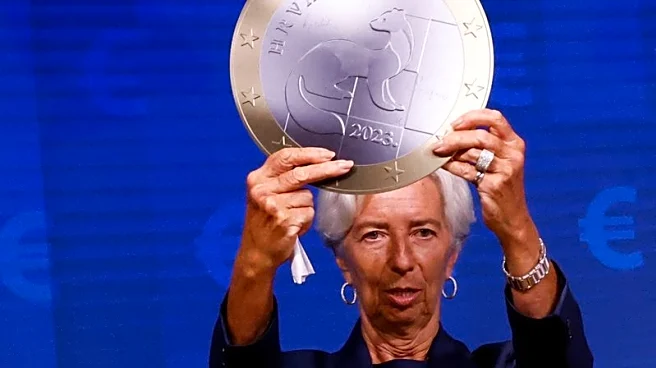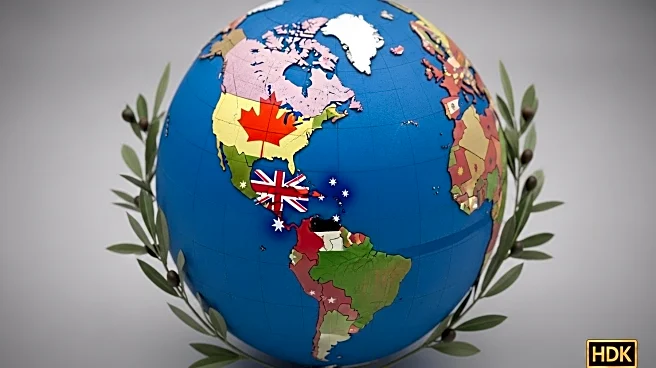What's Happening?
China's rare earth export strategy in 2025 has undergone significant changes, marked by strategic export restrictions and unexpected surges. In April 2025, China implemented a mandatory export licensing system targeting medium and heavy rare earth elements, affecting global supply chains. These restrictions coincided with heightened trade tensions between China and Western economies. However, in August 2025, China reversed its policy, leading to a surge in rare earth exports, particularly rare earth magnets, which helped alleviate fears of supply shortages. China's dominance in the rare earth market is attributed to its control over 70-85% of global mining production and 85-95% of processing capacity, along with strategic stockpiles and technical expertise.
Why It's Important?
China's rare earth export policies have significant implications for global industries reliant on these materials, such as defense, renewable energy, and technology sectors. Export restrictions create supply uncertainties and price volatility, prompting industries to adapt through recycling, material substitution, and diversification of supply sources. The strategic timing of China's export policy shifts reveals their use as diplomatic tools, influencing trade negotiations and international relations. As major economies like the U.S., EU, and Japan implement strategies to mitigate vulnerabilities, the rare earth market is undergoing structural transformation, with emerging alternative supply sources and technological innovations reshaping demand.
What's Next?
The future of global rare earth supply chains involves diversification of supply sources, with countries like Australia, the U.S., and Canada expanding production capacity. Technological innovations are reducing dependency on specific elements, while recycling and circular economy approaches offer complementary supply sources. Market structures are evolving, with transparent pricing benchmarks and long-term supply contracts becoming industry standards. As geopolitical factors continue to influence rare earth markets, strategic intervention and investment in processing capabilities will be crucial for creating viable alternative supply chains.
Beyond the Headlines
The environmental implications of rare earth production present challenges and opportunities for sustainable development. Traditional production methods create substantial ecological impacts, but technological innovations are addressing these challenges. Sustainable production innovations, recycling, and circular economy approaches are improving sustainability while developing more resilient supply chains. The strategic importance and volatility of rare earth markets create distinct investment considerations, requiring specialized knowledge and risk assessment frameworks.

